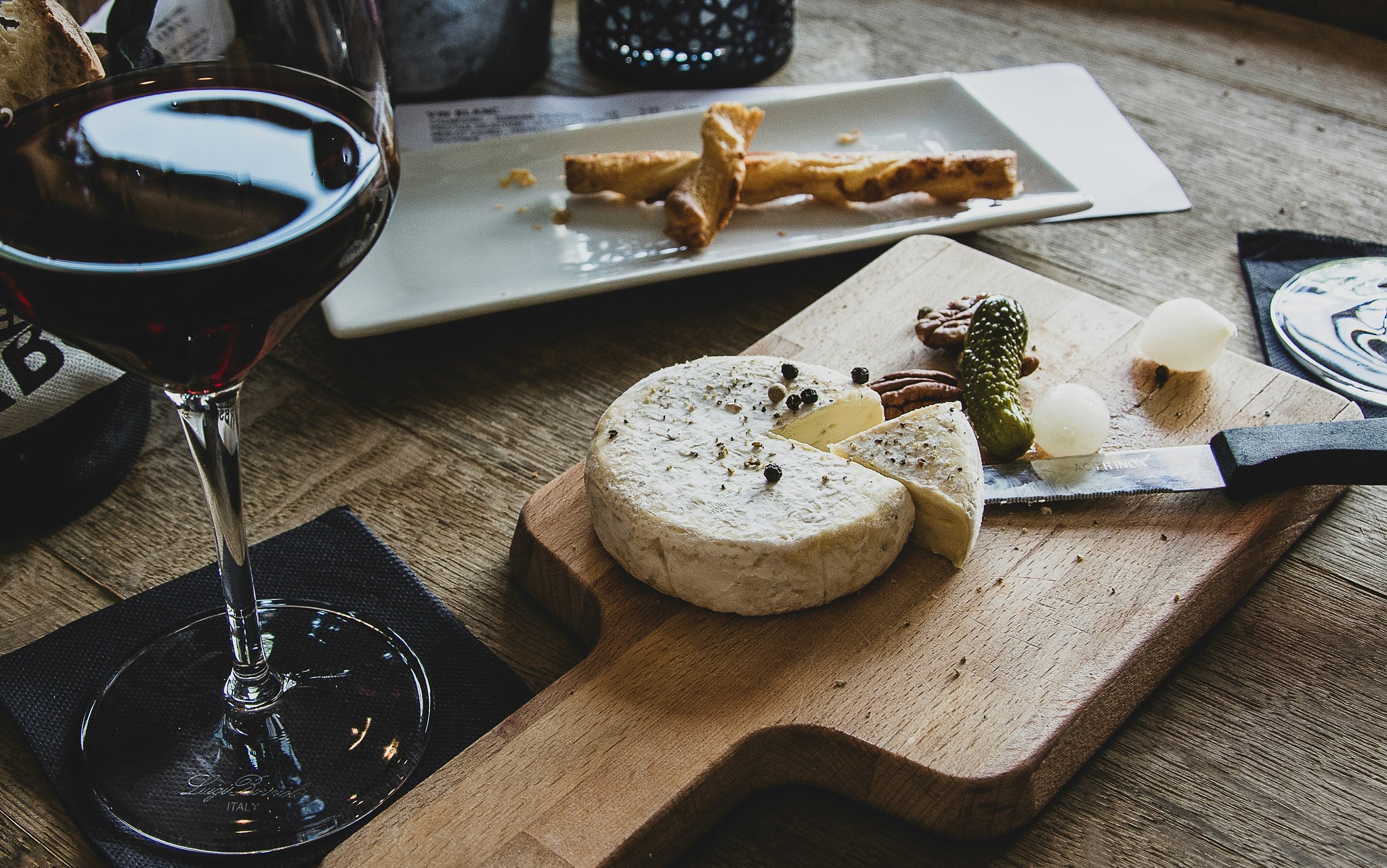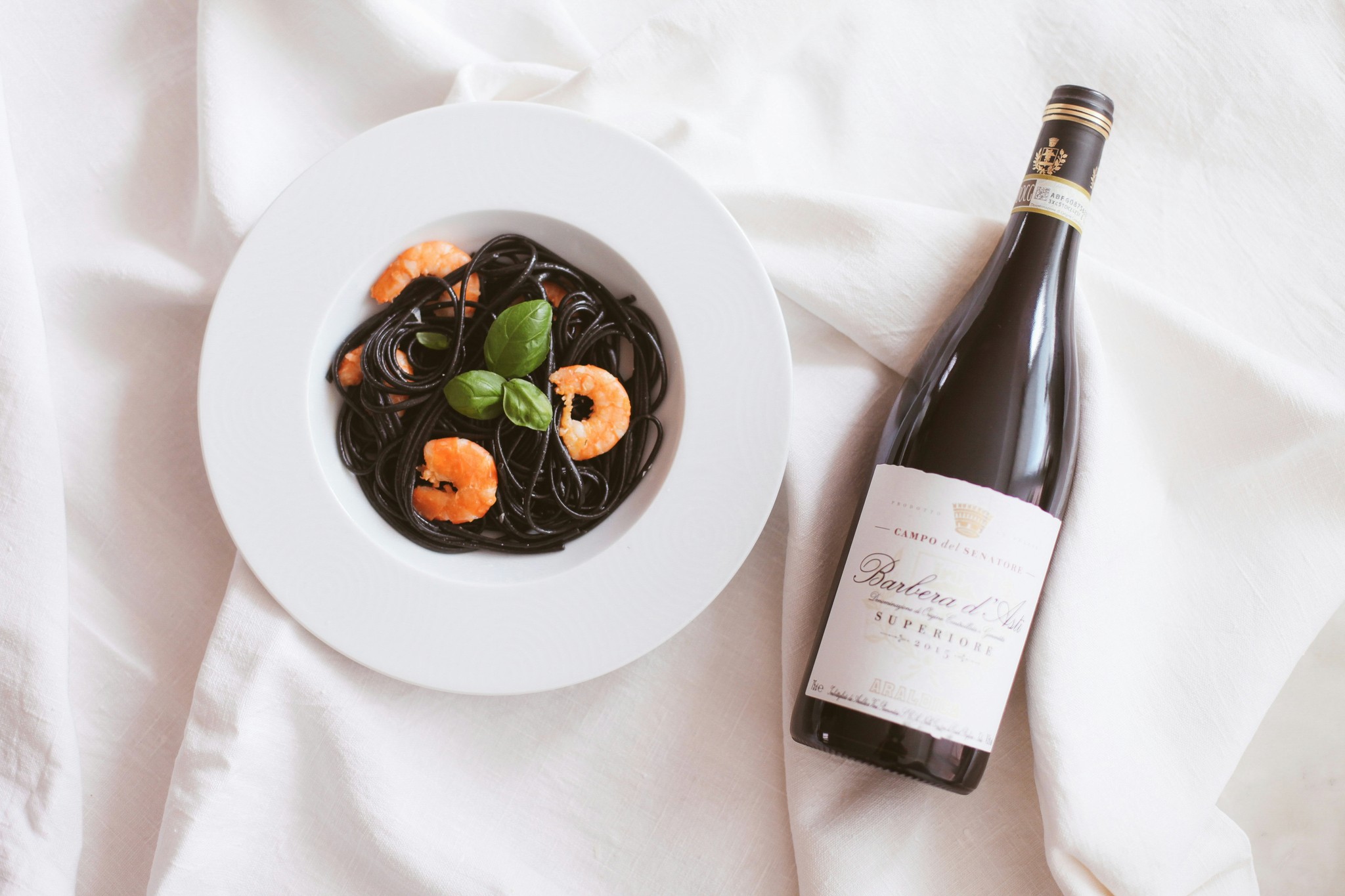Feb 2, 2024
Elevate Your Dining Experience: The Art of Pairing Wine and Food
Exploring the principles behind wine and food pairing, offering tips on how to enhance flavors and create harmonious combinations. It could include recommendations for specific dishes and wine varietals, as well as insights from sommeliers.
Wine has long been regarded as the perfect complement to a delicious meal, elevating flavors and enhancing the dining experience. The art of pairing wine and food is a skill that can transform an ordinary meal into an extraordinary culinary journey. In this article, we'll explore the principles behind wine and food pairing and offer tips on how to create harmonious combinations that tantalize the taste buds and delight the senses.
Understanding Flavor Profiles
The key to successful wine and food pairing lies in understanding the flavor profiles of both the wine and the dish. Wines can be classified into categories such as light-bodied, medium-bodied, and full-bodied, with variations in acidity, tannins, and sweetness. Similarly, dishes can be characterized by their flavor intensity, acidity, and texture.
The Basics of Wine and Food Pairing
When pairing wine and food, it's essential to consider the balance of flavors and textures. In general, lighter wines pair well with lighter dishes, while fuller-bodied wines complement richer, more robust flavors. For example, a crisp Sauvignon Blanc pairs beautifully with delicate seafood dishes, while a full-bodied Cabernet Sauvignon is the perfect accompaniment to a juicy steak.
Matching Intensity and Acidity
Another important consideration in wine and food pairing is matching the intensity and acidity of the wine with the flavors of the dish. High-acidity wines, such as Chardonnay or Pinot Noir, can cut through the richness of creamy sauces and fatty meats, while sweeter wines, such as Riesling or Moscato, can balance the heat of spicy dishes.
Wine has long been regarded as the perfect complement to a delicious meal, elevating flavors and enhancing the dining experience. The art of pairing wine and food is a skill that can transform an ordinary meal into an extraordinary culinary journey. In this article, we'll explore the principles behind wine and food pairing and offer tips on how to create harmonious combinations that tantalize the taste buds and delight the senses.
Understanding Flavor Profiles
The key to successful wine and food pairing lies in understanding the flavor profiles of both the wine and the dish. Wines can be classified into categories such as light-bodied, medium-bodied, and full-bodied, with variations in acidity, tannins, and sweetness. Similarly, dishes can be characterized by their flavor intensity, acidity, and texture.
The Basics of Wine and Food Pairing
When pairing wine and food, it's essential to consider the balance of flavors and textures. In general, lighter wines pair well with lighter dishes, while fuller-bodied wines complement richer, more robust flavors. For example, a crisp Sauvignon Blanc pairs beautifully with delicate seafood dishes, while a full-bodied Cabernet Sauvignon is the perfect accompaniment to a juicy steak.
Matching Intensity and Acidity
Another important consideration in wine and food pairing is matching the intensity and acidity of the wine with the flavors of the dish. High-acidity wines, such as Chardonnay or Pinot Noir, can cut through the richness of creamy sauces and fatty meats, while sweeter wines, such as Riesling or Moscato, can balance the heat of spicy dishes.





